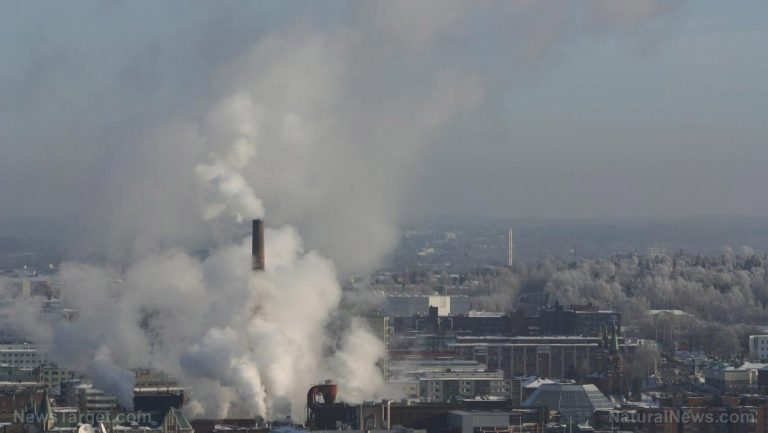
A new study published in the journal Human Reproduction has found that exposure to air pollution is associated with menstrual cycle. The study authors believe that exposure to air pollution may lead to an irregular menstrual cycle, particularly in teenage girls who are 14 to 18 years old.
- The researchers of the study looked at the link between air pollution exposure, menstrual irregularity, and time to menstrual cycle regularity.
- The menstrual cycle is known to be responsive to hormonal regulation, and particulate matter air pollution was found to affect hormonal activity.
- In conducting the study, they used health and location data of more than 34,000 women collected in the Nurses’ Health Study 2.
- In addition, they assessed air pollution exposure metrics from the Environmental Protection Agency (EPA) air quality monitoring system in order to understand the participants’ exposure during a particular time window.
- The results revealed that exposure to air pollution during high school was linked to irregularity in the menstrual cycle.
- In addition, the researchers found that the participants took a longer time in achieving menstrual regularity in high school and early adulthood.
- The study suggests that exposure to air pollution among teenage girls aged 14 to 18 years increases their chances of having irregular cycles.
- The findings of the study support the results of past studies on air pollution and reproductive tract diseases.
Overall, the findings of the study indicate that aside from cardiovascular and respiratory systems, air pollution also affects the reproductive and endocrine systems as well.
Journal Reference:
Mahalingaiah S, Missmer SE, Cheng JJ, Chavarro J, Laden F, Hart JE. PERIMENARCHAL AIR POLLUTION EXPOSURE AND MENSTRUAL DISORDERS. Human Reproduction. 2018 Jan 25. DOI: doi.org/10.1093/humrep/dey005
